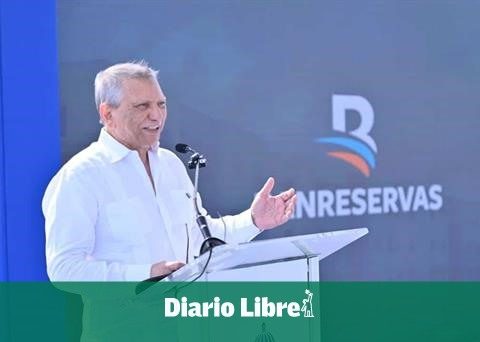The social challenges of the beginning of the 21st century clearly show that it is not just about money or transfers to take care of, public infrastructure is required.
Income transfer programs in all Latin American countries and Argentina constitute a starting point for the development of social security for children and care policies, but they do not always address multidimensional poverty or the reduction of inequalities .
It is required that, along with income transfers, investment be made in policies that expand and improve the quality of the health infrastructure, care for children, youth, the elderly, and people with disabilities to deal with the care crisis that the Covid-19 pandemic made visible, and rethinking social welfare systems.
Considering Argentina’s experience in infrastructure is a contribution in this regard.
The evolution of achievements must and must continue: in Argentina, a new right to amplify the care infrastructure is added to the Universal Child Allowance and the retirement of housewives.
From the Ministry of Public Works and in line with the path outlined by the Government, the Care Infrastructure Program was created, materializing the right to care and be cared for.
This investment commitment promoted by the agency was included in the Caring for Equality Bill.
Specifically, it is about the construction of new infrastructure throughout the country such as Child Development Centers, Modular Health Centers, among other works that affect care.
This policy has been a concern since the first day of Minister Gabriel Katopodis to establish a differential distribution footprint, which guarantees rights and is part of the country’s development agenda, along with other structural works in water and sanitation and road connectivity.
There are at least three aspects to highlight why this policy is innovative:
1. Multiplication of opportunities
In the first place, investment in Care Infrastructure multiplies opportunities: it generates employment in construction directly and indirectly and contributes to dismantle the dynamics of time poverty (a condition in which there is not enough time to distribute it between work paid and non-productive activities).
In turn, it produces radical transformations in people’s lives, especially these policies have a positive impact on the life projects of women, linked to the acquisition of greater autonomy.
2. Infrastructure of Care, participation and accountability
Second, this new policy was created with participation and accountability. Through the MapaInversiones platform, developed jointly between the Ministry of Public Works and the Inter-American Development Bank (IDB), citizens can find out about the works carried out in the territory, as well as denounce, comment, upload photos and videos about the various projects.
The data published in MapaInversiones show that 1 out of every 10 works of the Ministry: more than 600 works are of Care Infrastructure.
These tools are not isolated initiatives, but are part of a new public works management paradigm: open, innovative, participatory and federal.
A central policy that accompanies this new vision is the Public Works Observatory, a space for participation and work articulated between the Ministry, universities, unions, cooperatives, professional councils, business chambers and civil society organizations (Uocra, Camarco, UBA , UTN, Clacso, Poder Ciudadano, Cippec, Unsam, among others) that build collective policies based on the exchange of good practices and recommendations.
In 2022, the Public Works Observatory contributed to building more than 19 tools and policies.
Part of this was the collective construction of the care infrastructure policy, which was nourished by the federal contribution in workshops held in various provinces of the country.
The presence of this kind of spaces allows for the integration of civil society into the public decision-making process and, therefore, makes the management of the works transparent.
40 years after democracy, this is a central component of all public policy.
3. Prioritized investment: a material change, not just a cultural one
Thirdly, none of all this would be possible without the political decision to allocate resources to reduce historical gaps in our country and for this a portion of the budget was invested in Care Infrastructure: 8.5% of the annual funds.
In 2022, 9.01% of the annual budget was executed in these typologies, exceeding the commitment.
It is impossible to think of economic growth without first stopping to analyze the debt that Latin American countries have in relation to care policies.
The State must take these flags as its own and guarantee the rights of women, children, diversities, the elderly and people with disabilities, sectors on which the advance of neoliberal models and reductionist discourses has had the greatest impact.
It is vital to maintain a look that builds a care society among all and thinking in the medium term.
In this context, infrastructure has a great opportunity to contribute to the conquest and consolidation of new rights.
From the National Directorate of Transparency, a new area, created since 2020 to strengthen citizen trust and improve policies, work is being done to make these impacts visible through the generation of statistics and analysis open to citizens and the development of new policies of citizen participation and control that provide feedback for decision-making.
Welfare states must update and take this agenda to influence the reduction of inequalities.
In order to develop, debates like these must be part of the electoral platforms.
















